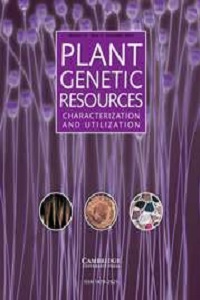Diversity and genetic structure of cassava landraces and their wild relatives (Manihot spp.) in Colombia revealed by simple sequence repeats
Understanding the genetic composition and population structure of plant species at a molecular level is essential for the development of adequate strategies aimed at enhancing the conservation and use of their genetic resources. In addition, such knowledge can help to plan ahead for a scenario under which wild and cultivated species come into contact with their genetically modified (GM) counterpart(s). Using ten simple sequence repeat markers, we genotyped 409 samples pertaining to the species in the Manihot genus known to occur in Colombia, i.e. cassava (Manihot esculenta) and its wild relatives Manihot brachyloba, Manihot carthaginensis and Manihot tristis. High genetic variation was observed in all the species (HE= 0.212–0.603), with cassava showing highest diversity. Most of the genetic variation was found within species populations. Our results suggest that outcrossing events among populations occur much more frequently in M. tristis and M. esculenta, and particularly so in the latter, where the exchange of varieties among local farmers plays a key role in maintaining and introducing new genetic diversity. The occurrence of gene flow within and among populations of Manihot species in Colombia becomes relevant in a biosafety context, where gene flow from GM cassava, if introduced to the country, might have detrimental effects on the structure and dynamics of populations of wild species. The baseline information on the genetic diversity and structure of the four Colombian species that we have presented here provides a first and indispensable step towards the development of targeted interventions necessary to preserve their genetic resources.

